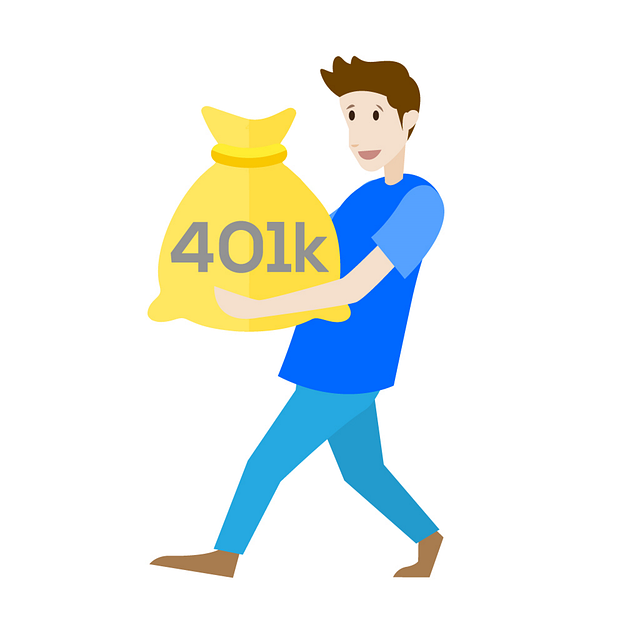High-Interest Savings Options USA 2025 for Over-60s with Tax Advantages: A Comprehensive Guide
Choosing the right high-interest savings account in the U.S. can strengthen retirement finances after age 60. This 2025 guide explains tax-efficient options—high-yield savings accounts (HYSAs), certificates of deposit (CDs), money market accounts, and retirement-oriented vehicles like Roth IRAs—while balancing access, returns, and protection to help retirees make confident, informed choices.

What Are the Key Priorities for Savings Among Over-60s in the U.S.?
Individuals over 60 typically prioritize capital preservation, steady income generation, and easy access to funds for unexpected expenses. Unlike younger savers who can afford higher-risk investments, seniors generally focus on maintaining purchasing power while protecting their principal investment. Tax efficiency becomes increasingly important as many transition from earning wages to living on fixed incomes, making every dollar saved in taxes valuable for daily expenses and healthcare costs.
The proximity to or reality of retirement also means that liquidity takes on greater significance. Many over-60s need to balance earning competitive returns with having funds available for medical emergencies, home maintenance, or other unexpected costs that commonly arise during this life stage.
How Do High-Yield Savings Accounts Offer Flexibility with Lower Rates?
High-yield savings accounts provide an attractive middle ground for seniors seeking both accessibility and competitive returns. These accounts typically offer interest rates significantly higher than traditional savings accounts while maintaining Federal Deposit Insurance Corporation (FDIC) protection up to $250,000 per depositor, per bank.
The primary advantage for over-60s lies in the unlimited access to funds without penalties, making these accounts ideal for emergency funds or short-term savings goals. While the rates may be lower than some fixed-term options, the flexibility to withdraw funds at any time without losing interest makes them particularly suitable for seniors who may need quick access to their money for healthcare expenses or other urgent needs.
Why Choose Certificates of Deposit (CDs) for Stability and Higher Yields?
Certificates of Deposit represent one of the most secure savings options available to seniors, offering guaranteed returns and FDIC protection. CDs typically provide higher interest rates than savings accounts in exchange for committing funds for a specific term, ranging from three months to several years.
For over-60s with funds they won’t need immediately, CDs offer predictable returns that can help with retirement planning and budgeting. The fixed-rate nature of CDs also provides protection against interest rate fluctuations, which can be particularly valuable during uncertain economic periods. Many banks offer special CD rates for seniors, and the guaranteed nature of returns makes them an excellent complement to other retirement savings strategies.
What Tax Advantages Do Roth IRAs Provide for Over-60s?
Roth Individual Retirement Accounts offer unique tax benefits that become particularly attractive for Americans over 60. While contributions to Roth IRAs are made with after-tax dollars, qualified withdrawals after age 59½ are completely tax-free, including all accumulated earnings.
For seniors, this tax-free growth and withdrawal feature can provide significant advantages, especially if they expect to be in a higher tax bracket in the future or want to minimize required minimum distributions. Roth IRAs also don’t require distributions during the owner’s lifetime, making them excellent vehicles for estate planning. Additionally, individuals over 50 can make catch-up contributions, allowing them to save more than younger savers.
How Do Money Market Accounts and Short-Term CDs Provide Enhanced Rates?
Money market accounts combine features of both savings and checking accounts, typically offering higher interest rates than traditional savings accounts while providing limited check-writing privileges. For over-60s, these accounts offer a practical solution for maintaining higher balances while earning competitive returns and retaining reasonable access to funds.
Short-term CDs, with terms of six months to two years, provide a compromise between the flexibility of savings accounts and the higher rates of longer-term CDs. This approach allows seniors to take advantage of rising interest rate environments by reinvesting their funds more frequently while still earning guaranteed returns higher than most savings accounts.
| Account Type | Provider Examples | Current Rate Range | Minimum Balance | Key Features |
|---|---|---|---|---|
| High-Yield Savings | Marcus by Goldman Sachs, Ally Bank | 4.25% - 4.50% APY | $0 - $100 | No fees, FDIC insured, online access |
| 12-Month CD | Chase, Bank of America | 4.50% - 5.00% APY | $1,000 - $2,500 | Fixed rate, early withdrawal penalty |
| Money Market | Fidelity, Schwab | 4.00% - 4.25% APY | $2,500 - $10,000 | Check writing, debit card access |
| Roth IRA | Vanguard, Charles Schwab | Variable returns | $0 - $1,000 | Tax-free withdrawals, no RMDs |
Rates and minimum balance requirements mentioned in this article are estimates based on recent market data and may change over time. Independent research is advised before making financial decisions.
The landscape of savings options for Americans over 60 continues to evolve with changing interest rates and financial regulations. By diversifying across multiple savings vehicles and taking advantage of tax-efficient options, seniors can create a robust financial foundation that provides both security and growth potential. The key lies in matching savings strategies with individual financial goals, risk tolerance, and liquidity needs while maximizing the tax advantages available to this demographic.




